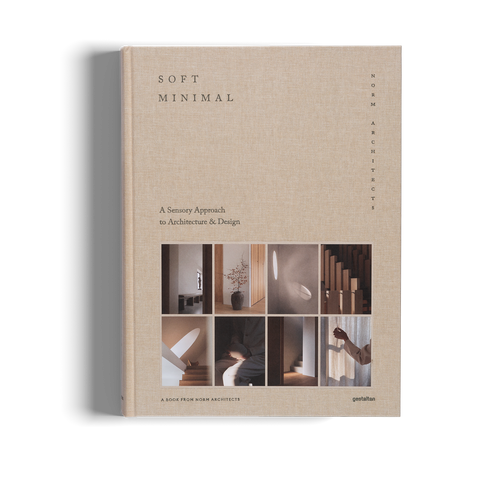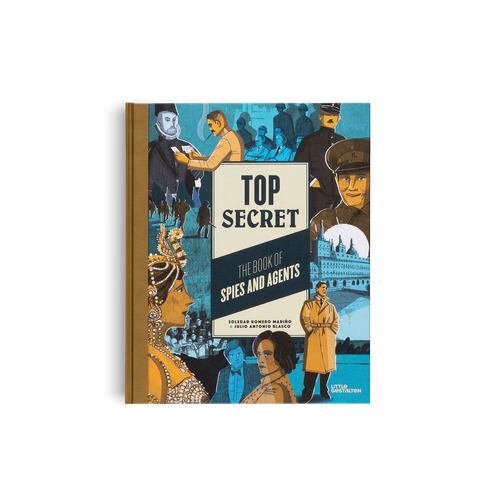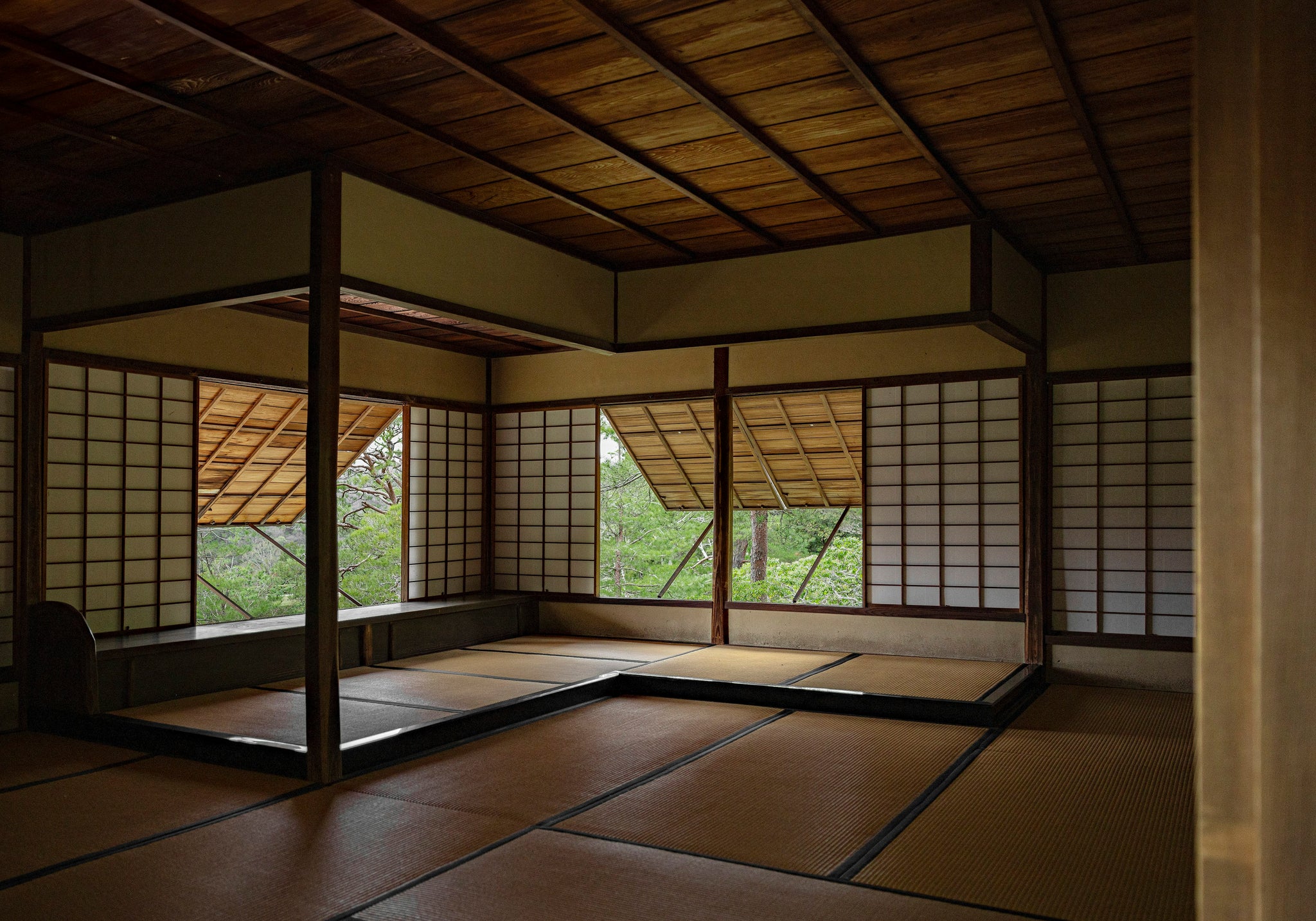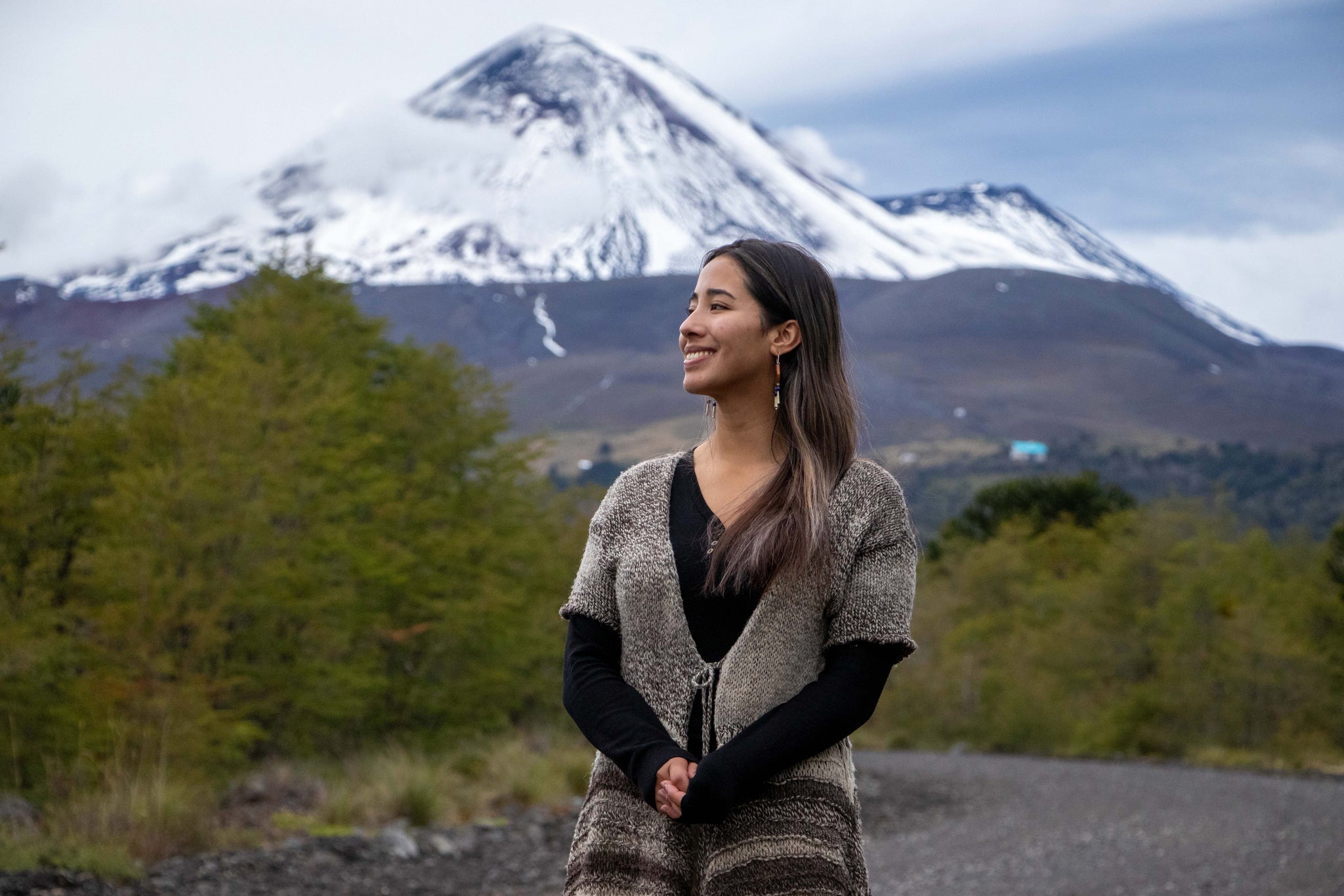
09/2021 Little Gestalten
The taste buds of today are constantly being evolved for the world of tomorrow. A global food revolution is teaching more and more people that what you consume is as important as the consumption itself. Locality, nutrition, sustainability, and seasonal ingredients in meals are life lessons best taught to children whilst young—under the mantra that "health is wealth." This message of relevance is what inspired Tokyo-born and Amsterdam-based artist Hiyoko Imai to partner with Little Gestalten on our new children's title.
Following the release of Sun and Shiro and the Polka-Dot Snake, we caught up with the author and illustrator to discover her creative processes and inspirations.
What sparked the story?
My family. About five years ago, when our son was about three years old, I started to develop a very clear idea of a story with characters who love nature, food, and arts & crafts. These were three things we learned to appreciate even more since becoming parents. In the first year, we had to try various diets due to our child's food allergies—this wasn't easy for us, but it brought us to a better understanding of eating behavior and habits. Introducing our son to different food perspectives—what we eat and how we eat differently—helped inform the characters in the story.

Hiyoko Imai is a Japanese-born illustrator, graphic designer, and paper composer based in Amsterdam, the Netherlands. Her minimalistic, playful, and delicate art is carefully executed by hand. (Photo: Hiyoko Imai)
How was that idea translated into a book and partnership with gestalten?
The first step was to develop the characters. Sun was a somewhat introverted, observant, and creative child. Shiro was a caring, food-loving dog. Polka-Dot Snake was a picky eater and happy loner who was fully comfortable being different and being himself. We recognize ourselves a lot in each character, and it was such a fun process to work together with my family. Then the rest of the story was created very naturally.
Maria-Elisabeth Niebius, the editor at Little Gestalten, fully understood the concept and gave me freedom during the creative process. While characters and storyline are pretty unusual, she helped me find a fine balance between our imaginative world and reality throughout the book.
The book ultimately has a powerful message about healthy eating. Why was this a relevant subject for you to explore in today's world?
It all started with me when I was little, I had happy memories of harvesting fruits and vegetables at farms outside Tokyo. There you’d be outside emerged in nature, getting your hands dirty, seeing how the produce grows, talking to the farmers, go home with this unforgettable taste in your mouth and with fond memories. It only happened twice a year or so, but it was sort of a magical place for a city kid.
For many decades now, our society has been overly exposed to processed foods with little nutrition and full of artificial additives and flavors. It takes a lot of effort to find out where your food comes from, how it was produced, and what it contains. Through this story, I’d like to inspire young families and their kids to experience the same as Sun (and I) did. By visiting a farm, children can see firsthand how and where their foods are produced and how biodiversity works in agriculture. Also, there are many sensory opportunities at a farm - they can explore their sense of taste, smell, touch, sight, and hearing. It’s important to provide these opportunities for children so that they have better knowledge about food. And eventually, make it easier for them to realize that healthy eating is just better for the earth and your body.

Imai has donated six prints for a Little Gestalten raffle which will go live via Instagram on Thursday September 16. Find out more here. (Photo: Hiyoko Imai)
What were your experiences of eating a healthy diet as a child?
My parents were not so focused on a healthy diet per se—they were primarily focused on the taste and freshness of foods. This made them figure out a way to source beautiful products from local organic farmers and fishermen, simply because they tasted significantly better than the products you’d find at supermarkets. Purchasing directly from the source also taught me a lot about seasonal food and the great variety of dishes on the table during the year.
And the fruits! I used to dream about having just fruit for every meal—that would have been my happy meal. With fruits, you get to understand when they are perfectly ripe and how flavorful they can be. What’s in season is the best you could get from mother nature. That concept was quite easy to digest, even at a very young age. Much later in life, I learned that eating seasonally also has great environmental and health benefits as well.
The artwork in the book is stunning. What was the idea behind the aesthetic and style? What message did you want to convey to readers?
Thank you! I genuinely love tactile work, minimalism, and handmade art. As for my paper cut illustrations: I cut and paste every piece by hand. This way I can create perfectly imperfect shapes and forms in a very simple composition. And my love for craftsmanship goes further: the Japanese washi papers I use are mostly handmade in the traditional manner; this gives them its natural color palette and texture that fully resonates with my work.
As for my message: In the fast-paced society we live in, we are increasingly losing touch with nature and starting to forget what makes humans human. Sun shows us how to slow down and be happy on his terms, by growing our food, spending time in nature, and making handmade works. I hope this story inspires readers to (re)discover the power of slowing down and enjoy the beauty that comes with it. All this in a gentle, lighthearted, and optimistic way.
Find out more about Sun and Shiro and the Polka-Dot Snake and the nutritional lessons it teaches young minds.










